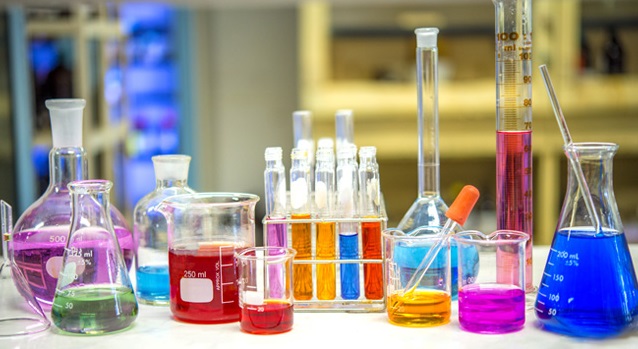The global formic acid market is set to chart a steady, steep and upward facing growth curve over the next few years. And, major credit for the modest trajectory would go to demand arising from pharmaceutical, and food and beverages industry. From 2019 to 2027, the rate of market growth would be close to 5%. The formic acid market report highlights the following players:
- Taminco Corporation
- Luxi Chemical Group Co., Ltd.
- Feicheng Acid Chemicals Co. Ltd.
- Alfa Aesar
- Others
The formic acid market analysis report examines the operating pattern of each player – new product launches, partnerships, and acquisitions – has been examined in detail.
It is pertinent to note here that formic acid causes no harm to the environment, and is thus acceptable to different social communities, including environmental activists. This also leads to a lot of industries using it for varied purposes – from leather tanning to preservation of food and beverages. Here, it is interesting to observe that it is one of the simplest carboxylic acid and yet finds application in complex processes such as alternative energy harnessing, preserving feed silos, and production of epoxidized soy bean oil. Besides, being an excellent de-scaler and an excellent biocide, it is used extensively in both industrial cleaning and household cleaning.
This varied and wide application is one of the many reasons, the global formic acid market is ready to break off its own growth benchmarks. Some of the most prominent players such as BASF are now dealing with the acid, digging deep into the chemical domain.
Product Development and Strategic Partnerships to Mark the Market Landscape
The global formic acid market is dominated by handful of prominent players operating the playfield include the likes of Perstorp, Eastman Chemical Company, Anhui Asahi Kasei Chemical, Luxi Chemical Group Co. Ltd, and.
You can Request an Example Copy from here – https://www.factmr.com/connectus/sample?flag=S&rep_id=4279
Players deploy strategies such as partnering with other players that share certain synergies, to ensure future growth. Others include mergers and acquisitions to make use of know-how, gain better foothold in certain markets, etc. One of the most significant acquisition took place in 2014, when Kemira Oyj’s formic acid unit was acquired by Taminco. It was a classic move for expansion in niche segment of the business. Another significant strategy is product development and integrating technology in the overall scheme. Thus, it comes as no surprise that patent registrations are skyrocketing.
Asia Pacific Region to Hold a Dominant Position in the Formic Acid Market from 2019 to 2027
A deep dive into regional growth and market share potential shows that Asia Pacific (APAC) will chart a stellar CAGR over the period 2019 to 2027. The massive growth in the region will be owed to high demand arising in the agriculture sector, especially from nations such as India and China. Additionally, growth in leather tanning and textile processing is also noted. The region is also witnessing increase in demand for poultry and meat products, propelling the market onto a higher growth trajectory.
Here again, it is interesting to note that China will hold a place of prominence owing to its being a major producer of meat – chicken, beef, and pork. The country boasts of 560 tanneries that are small and medium in size. Thus, it is quite clear that over the forecast period, it will be a significant producer and consumer of formic acid.
Ask Industry Professional about Report – https://www.factmr.com/connectus/sample?flag=AE&rep_id=4279
Europe will follow close on the heels of APAC’s growth figures over the forecast period owing to a promising economic outlook for most countries in the region. The region is also witnessing solid investments, propelling growth in the regional marketscape. Here, it is pertinent to talk about the ban on antibiotics, which is a major growth driver in the growth of formic acid market in the region.



